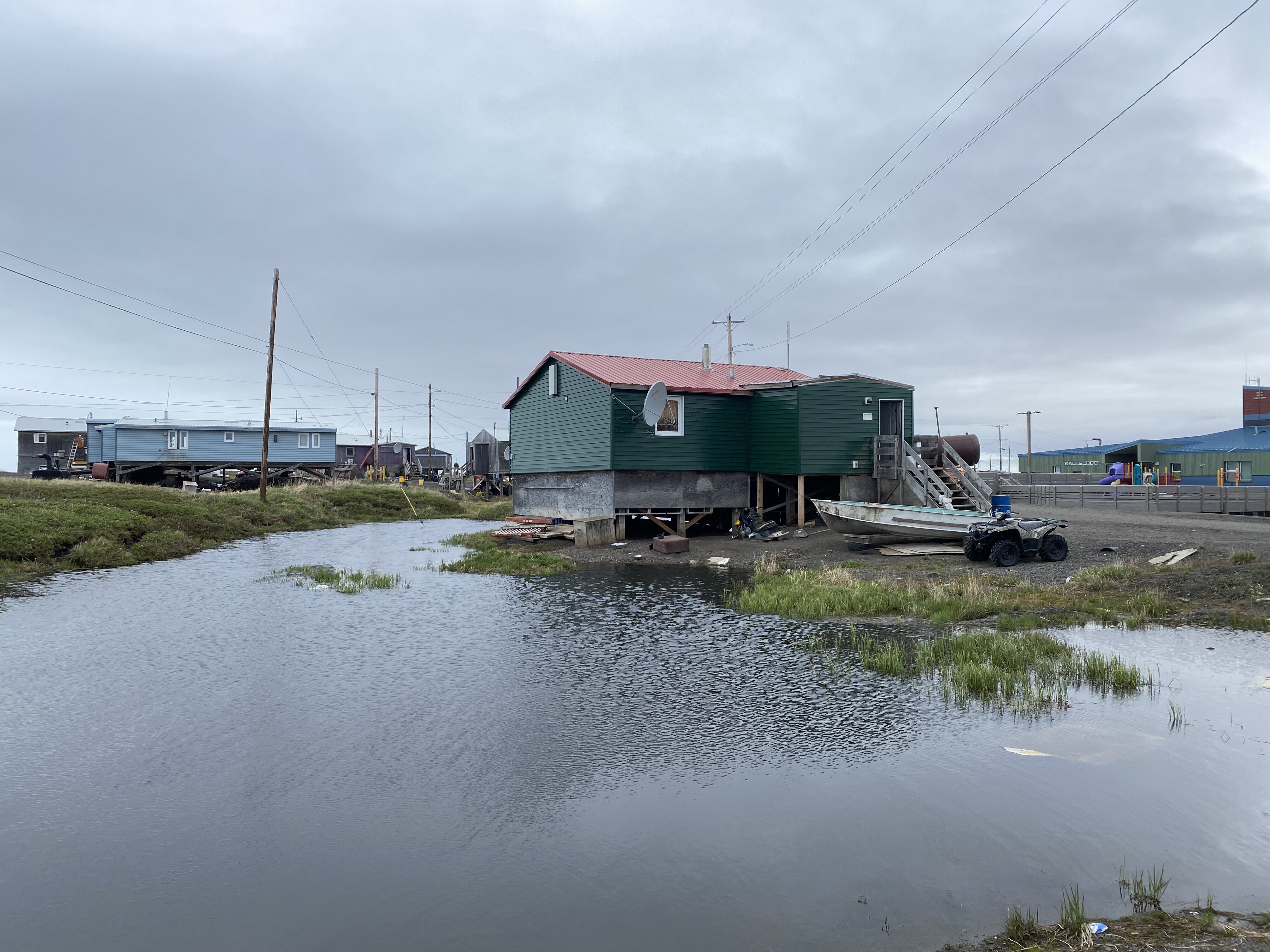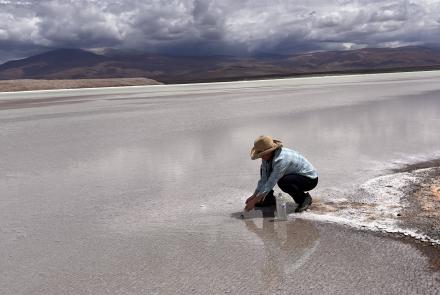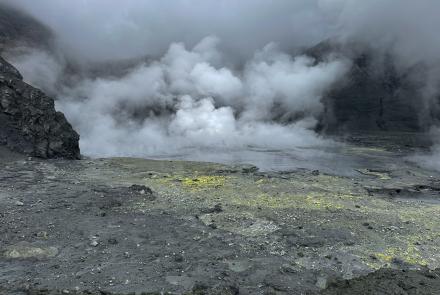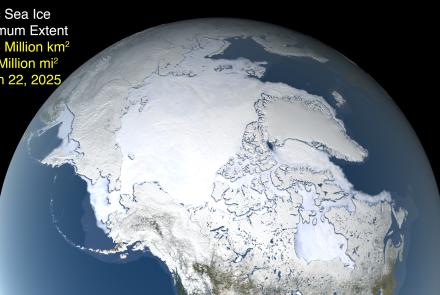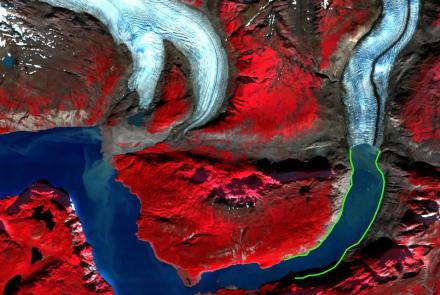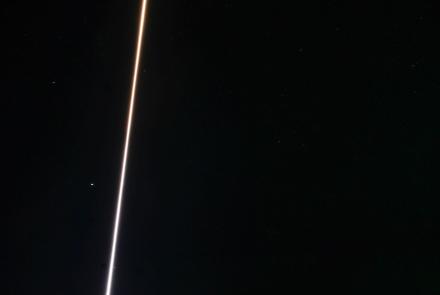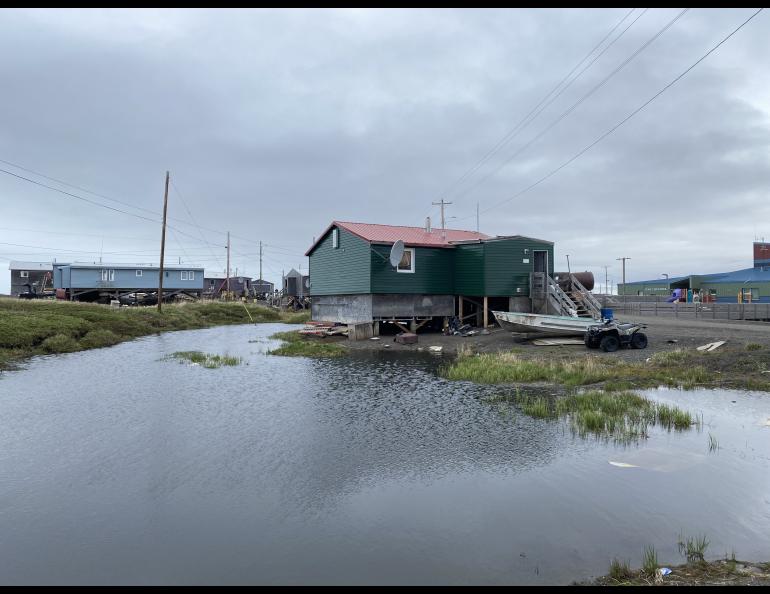
Alaska coastal tribe leaders see hope in NSF-funded climate project
The National Science Foundation’s decision to fund a $13.9 million program to help several Alaska coastal communities respond to the effects of climate change has drawn praise from local leaders.
Many coastal communities are increasingly seeing erosion, flooding, permafrost thaw and other hazards attributed to climate change.
“The emphasis of this project's research is going to be led by the local communities, with locally gathered data collection, and that's what drives effective and trusted community solutions,” said George Anderson, president of the Chignik Intertribal Coalition. “We need current and locally verifiable research to survive climate change because the old approaches are no longer reliable.”
Chignik Intertribal Coalition consists of Chignik Bay, Chignik Lagoon, Chignik Lake, Ivanof Bay and Perryville.
The coalition is a continuing partner with the Alaska Coastal Cooperative, led by Chris Maio of the University of Alaska Fairbanks Geophysical Institute. The cooperative formed in 2022 with initial funding by UAF Vice Chancellor for Research Nettie LaBelle-Hamer, the UAF College of Rural and Community Development and the National Science Foundation's Permafrost Coastal Systems Network.
Chignik Intertribal Coalition will help connect local residents and partner organizations.
The participating communities are on Alaska’s west and southwest coasts, on the Aleutian Islands, in the Bering Sea and on the Beaufort Sea coast of Canada’s Northwest Territories: Point Lay, Gambell, Hooper Bay, St. Paul Island, Nelson Lagoon, Atka, Chignik Intertribal Coalition and, in Canada, Tuktoyaktuk.
The project’s goals include identifying community priorities for projecting coastal hazard risk;, identifying community needs to adapt infrastructure, including communications systems; and integrating local knowledge with multi-level governance processes to allow for an effective response to a rapidly changing Arctic.
Amos Philemonoff, president of the Tribal Government of St. Paul Island, highlighted the project’s attention to the differing characteristics of each community.
“This project is an unprecedented opportunity to effectively implement planning efforts to mitigate and adapt to real environmental and socio-ecological hazards and threats to our vulnerable communities,” he said. “We are excited to be a part of this large and diverse team that is centering our communities in creating real world solutions that are appropriate for our unique communities.”
Jan Olson, tribal administrator for the Native Village of Hooper Bay, noted the state’s extensive coastline and therefore the susceptibility of many communities to climate hazards.
"We all know that Alaska has the largest coast in the United States and there are so many communities that are affected one way or the other,” Olson said. “I am glad that we are trying to get everyone involved because we are so spread apart, but we have so many issues that we are facing today that we can learn from for our future planning for each Arctic coastal community."
The new program brings a welcome boost to local efforts, said Angela Johnson, president of the Native Village of Nelson Lagoon.
“A lot of us in rural communities in Alaska have been working toward climate change adaptation for a long time without seeing much progress,” she said. “With this project I am hopeful that we will be moving forward in our climate change adaptation efforts.
• George Anderson, Chignik Intertribal Coalition, g.anderson@chignikcoalition.org
• Lauren Divine, Tribal Government of St. Paul Island, lmdivine@aleut.com
• Jan Olson, Native Village of Hooper Bay, j.olson@nvhpb.org
• Angela Johnson, Native Village of Nelson Lagoon, angela_j94@hotmail.com
• Rod Boyce, University of Alaska Fairbanks Geophysical Institute, 907-474-7185, rcboyce@alaska.edu

